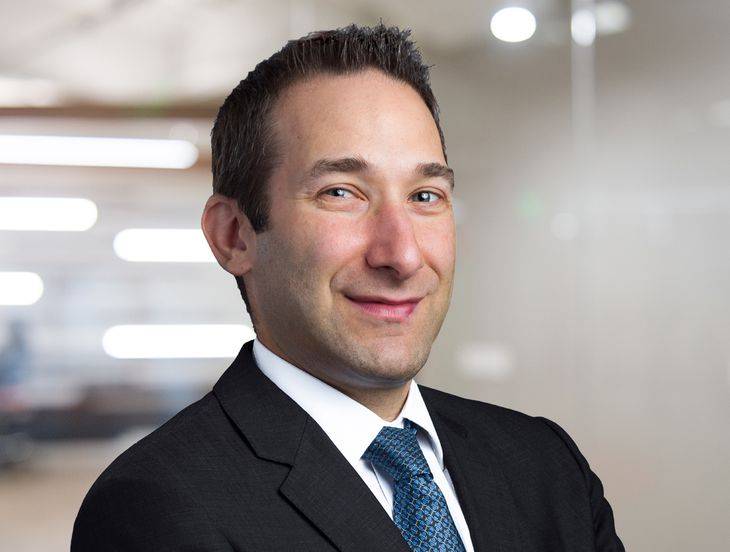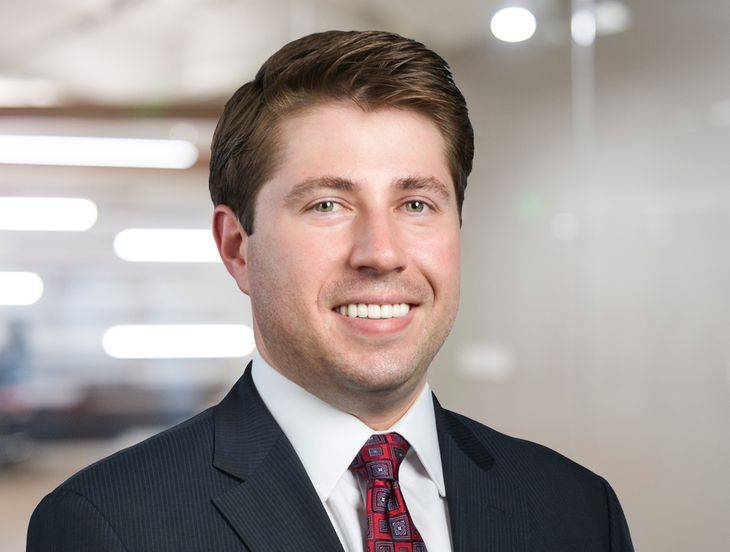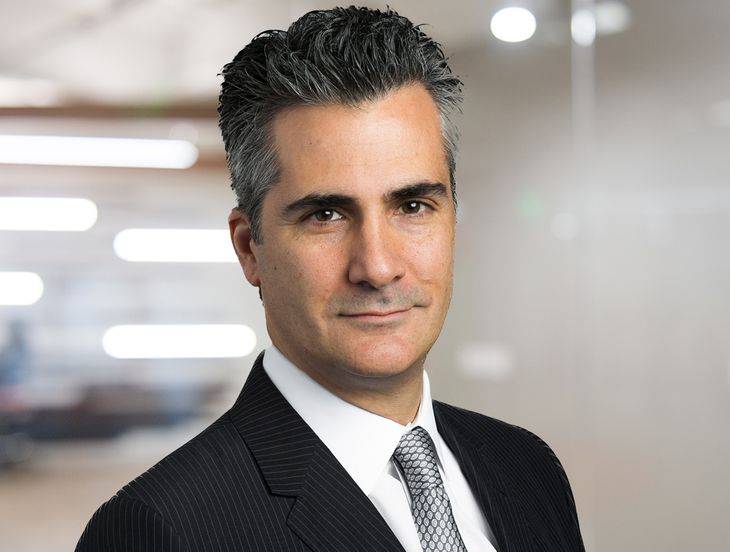New York Announces COVID-19 Protections For Employees
Insights
4.03.20
As New York continues to be hard hit by the effects of COVID-19, Governor Cuomo announced a three-way agreement on March 17 between his office and both houses of the New York State Legislature on a bill guaranteeing job protection and wages for New York workers who have been quarantined as a result of the COVID-19 coronavirus outbreak. The bill, which still needs formal legislative approval, will be effective upon the governor’s signature.
[Ed. Note: The legislature passed this bill as it relates to COVID-19 related leave and the governor signed it into effect on March 18, which means the COVID-19 leave provisions are now immediately in effect. The non-emergency statewide sick leave provisions were trimmed from the bill and will be addressed by the legislature at a later time.]
[Ed Note: The non-emergency sick leave provisions have been passed by the legislature as part of the New York State budget approval on April 2. Additional details of the impending statewide sick leave law are available here.]
It is, of course, possible that the bill could undergo changes before it is formally signed into law upon receiving reactions overnight and into Wednesday. Moreover, the Commissioner of Labor is authorized to adopt regulations, including emergency regulations, and to issue guidance to implement the law, which should provide further clarity on employers’ obligations. The proposed law also adopts long-sought statewide paid sick leave provisions outside the context of the COVID-19 pandemic, which are not scheduled to be immediately effect.
The highlights of the bill for employers – as it relates to COVID-19 only – are as follows:
Paid And Unpaid Leave For Employees Subject To Quarantine Or Isolation
The bill requires employers to provide certain paid and unpaid leave to employees who are subject to a mandatory or precautionary order of quarantine or isolation issued by any governmental body related to COVID-19. The level of obligation is keyed to the size (and in some cases, revenue) of employers:
- 10 or fewer employees as of January 1, 2020: unpaid sick leave until the termination of the order of quarantine or isolation.
- 10 or fewer employees as of January 1, 2020 with a net income of greater than $1 million in the previous tax year, or between 11 and 99 employees as of January 1, 2020: at least five days of paid sick leave, and unpaid leave until the termination of the order of quarantine or isolation.
- 100 or more employees as of January 1, 2020: At least 14 days of paid sick leave during the order of quarantine or isolation.
The paid and unpaid leave must be provided without loss to any other accrued sick leave the employee has available, so this leave will be in addition to any other company-provided sick leave as well as any available leave under the New York City or Westchester paid sick leave laws.
Use Of Disability And Paid Family Leave
The bill also allows employees of employers with fewer than 100 employees (i.e. those who receive less than 14 days of paid leave to cover the period of quarantine or isolation) to utilize New York Paid Family Leave (NYPFL) and disability benefits for the remainder of the period of quarantine or isolation. The bill expands the coverage of disability to specifically cover an employee’s inability to work as a result of an order of quarantine or isolation and expands the coverage of NYPFL to specifically cover an employee’s leave from work due to such an order or in the event the employee must care for their dependent child subject an order of quarantine or isolation.
The NYPFL and disability benefits will run concurrently, with an employee being able to recover a weekly maximum of $840.70 in NYPFL benefits and $2,043.95 in disability benefits. The bill also eliminates the seven-day waiting period to collect disability benefits for these purposes.
Job-Protected Leave
The bill requires that an employee be restored to their position following the leave, with the same pay and other terms and conditions of employment, and forbids employers from discharging, threatening, penalizing, or otherwise discriminating or retaliating against any employee because he or she has taken this protected leave. However, the bill does not currently address job restoration rights should the position no longer exist when the employee is able to return to work.
Interaction With Federal Law
Although the federal government’s response to the COVID-19 outbreak remains in flux, the bill contemplates potential interaction with future federal law. If the federal law provides sick leave or other benefits for employees related to COVID-19, the state benefits will not be available to workers eligible for federal benefits. However, if the state law would provide greater benefits, the employee will be able to receive the difference between the two.
Miscellaneous Provisions
The bill’s benefits and protections are not available to an employee who is asymptomatic and is physically able to work remotely while under an order. In addition, the bill’s paid leave benefits are not available to an employee who is subject to quarantine or isolation because the individual returned to the United States after non-work-related travel to a country for which the CDC had issued a level two or three travel health notice if the individual received the CDC notice prior to the travel. Such employees are entitled to use any accrued leave provided by the employer, or to the extent the employee does not have sufficient accrued leave, unpaid leave for the duration of the quarantine or isolation.
For those employees that are unable to work because their employer is closed for a reason related to COVID-19, the bill eliminates the waiting period for a claim of unemployment benefits.
Next Steps
The bill also will enact statewide sick leave for New York employers going forward, which has been one of the governor’s legislative priorities. This “non-emergency” section of the bill requires employers with four or fewer employees to provide 40 hours of unpaid sick leave in a calendar year, employers with between five and 99 employees (or four or fewer employees with net income of greater than $1 million dollars) to provide 40 hours of paid sick leave, and employers with 100 or more employees to provide 56 hours of paid sick leave.
These general sick leave requirements will go into effect 180 days from the day the bill is signed into law. We will provide further guidance in the event the bill survives with those provisions intact.
Conclusion
For now, we will continue to monitor the rapidly developing COVID-19 situation and provide updates as appropriate. Make sure you are subscribed to Fisher Phillips’ Alert System to get the most up-to-date information. For further information, contact your Fisher Phillips attorney, any attorney in our New York office, or any member of our COVID-19 Taskforce. You can also review our nationwide Comprehensive and Updated FAQs for Employers on the COVID-19 Coronavirus, put together by the Taskforce.
This Legal Alert provides an overview of a specific state law. It is not intended to be, and should not be construed as, legal advice for any particular fact situation.
Related People
-
- Melissa Camire
- Partner
-
- Brian J. Gershengorn
- Co-Regional Managing Partner
-
- Seth D. Kaufman
- Partner
-
- Michael R. Marra
- Co-Regional Managing Partner



